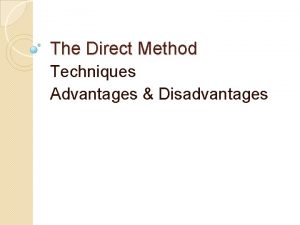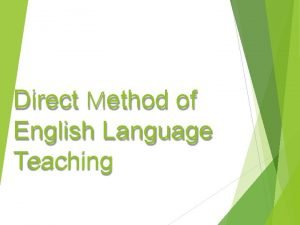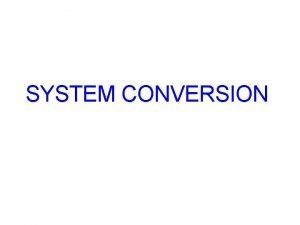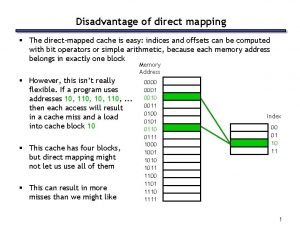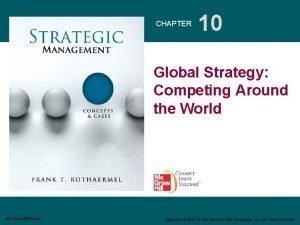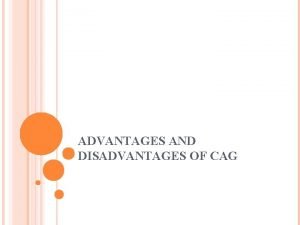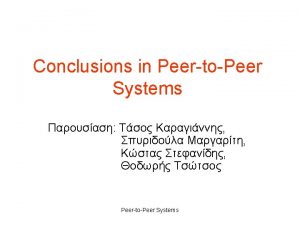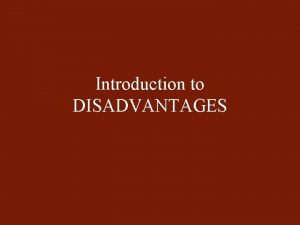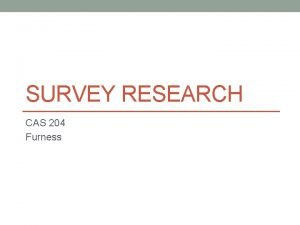The Direct Method Techniques Advantages Disadvantages Techniques q







- Slides: 7

The Direct Method Techniques Advantages & Disadvantages

Techniques q. Reading aloud q. Question & Answer Exercises q. Self-Correction q. Conversation Practice q. Fill-in-the-blank Exercise q. Dictation q. Map Drawing q. Paragraph Writing

Advantages v. It makes the learning of English interesting and lively by establishing direct bond between a word and its meaning. v. It is an activity method facilitating alertness and participation of the pupils. v. Students are able to understand what they learn, think about it and then express their own ideas correctly

Advantages v This method can be usefully employed from the lowest to the highest class. v Through this method, fluency of speech, good pronunciation and power of expression are properly developed. v The Direct Method represents a radical change from literary language to the day-today spoken language as the object of language teaching and learning. The Direct Method represents a radical change from literary language to the day-to-day spoken language as the object of language teaching and learning.

Advantages v. Oral skills are developed through carefully graded steps involving question-answer sessions, interaction between the teacher and the learners and intensive classroom drills.

Disadvantages v. Owing to over-emphasis on oral practice, the other skills namely reading and writing are ignored to a great extent. v. There are many abstract words which cannot be interpreted directly in English and much time and energy are wasted in making attempts for the purpose.

Disadvantages v. Since in this method grammar is closely bound up with the reader, difficulty is experienced in providing readers of such kind. v. In larger classes, this method is not properly applied. v. For this method, competent teachers must be there. v. This is an expensive method as the teacher is to use some aids for teaching.
